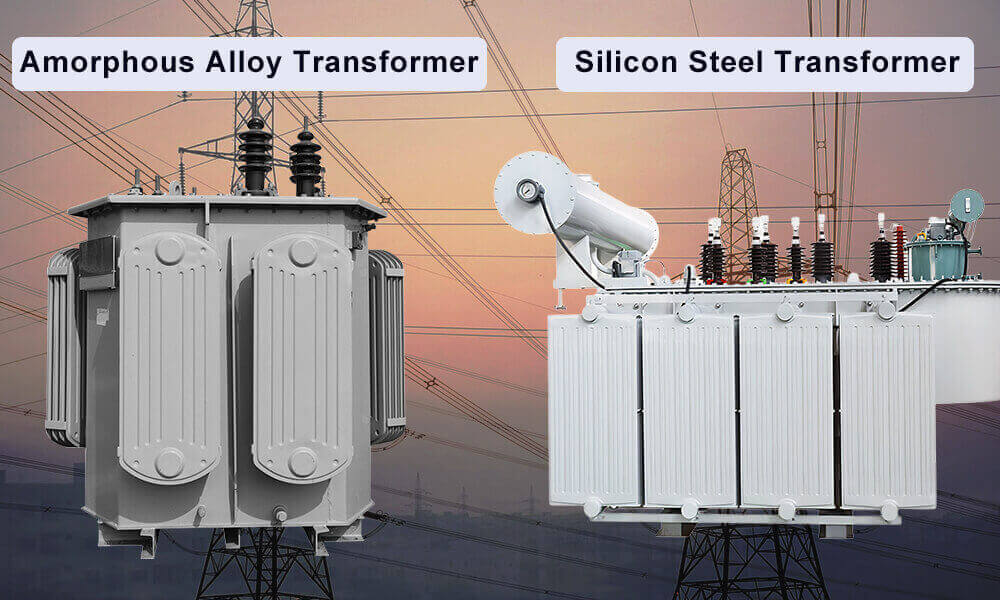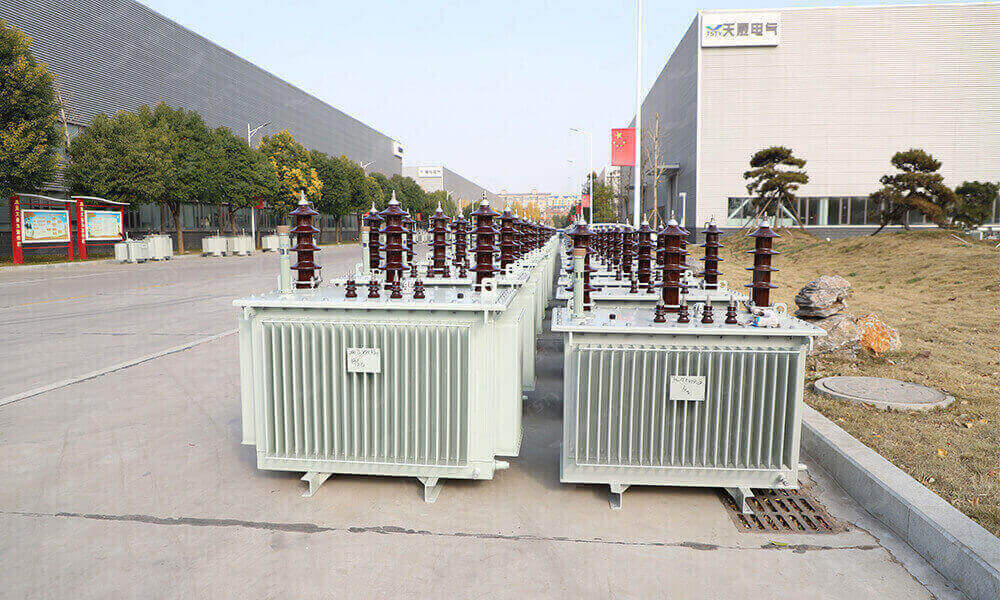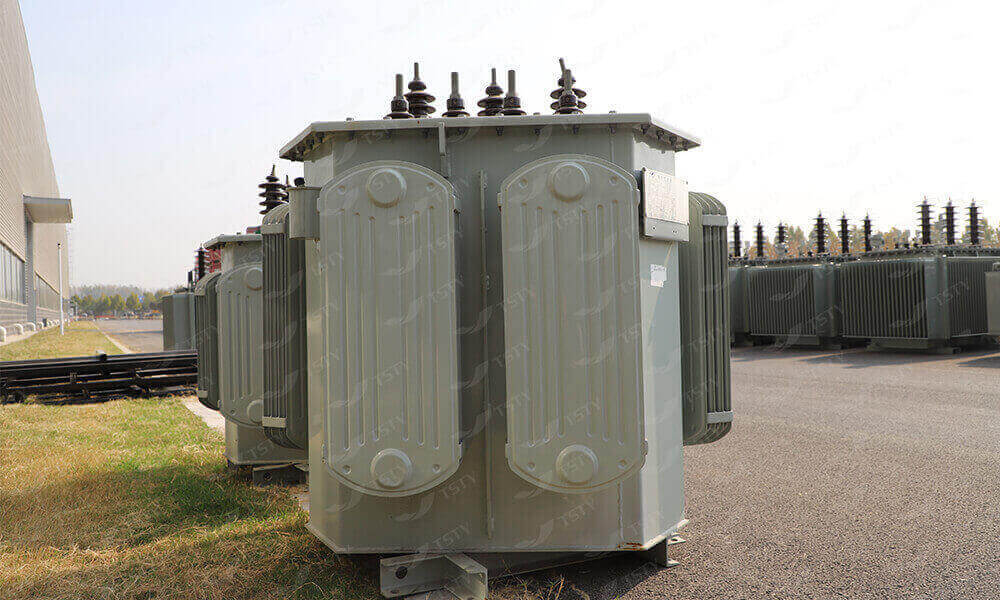Amorphous Alloy Transformer And Silicon Steel Transformer
Do you know the difference between amorphous alloy transformers and ordinary silicon steel transformers? As a transformer manufacturer with 30 years of experience, TSTY explains the differences between these two types of transformers. It's not just a difference in materials; it's a technological battle between energy efficiency, cost, and future trends.

Amorphous Alloy VS. Ordinary Transformer
Ordinary Silicon Steel Transformer
Ordinary transformers have cores made of cold-rolled, grain-oriented silicon steel sheets, whose atoms are arranged in a neat, regular crystalline structure.
This orderly arrangement results in very low magnetic resistance when magnetized along the rolling direction, resulting in excellent performance. However, they are still essentially crystalline, and magnetization consumes energy, generating "hysteresis losses." Furthermore, the silicon steel sheets have a certain thickness, and alternating magnetic fields induce "eddy currents" within them, leading to "eddy current losses," collectively known as "iron losses."

Amorphous Alloy Transformer
The core of an amorphous alloy transformer is made of amorphous ribbon, also known as "metallic glass." Its atomic arrangement is chaotic and disordered. This structure is formed by rapidly cooling an ultra-high-temperature melt at a rate of millions of degrees per second, a unique process. This long-range atomic disorder significantly reduces hysteresis losses; its extremely thin thickness and high resistivity further minimize eddy current losses.

Performance Comparison
|
Comparison Dimension |
Amorphous Alloy Transformer
|
Ordinary Silicon Steel Transformer
|
Analysis and Interpretation
|
|
Core Losses
|
Extremely Low
|
High
|
No-load losses are, on average, 60%-80% lower than comparable S13/S14 silicon steel transformers.
|
|
No-load Current
|
Small
|
Large
|
No-load current can be reduced by approximately 40%-80%, which means less reactive power impact on the grid and lower line losses.
|
|
Energy Efficiency Level
|
Ultra-High
|
High
|
Amorphous transformers easily meet the national Class I energy efficiency standard, representing the ultimate in energy efficiency compared to silicon steel transformers (typically Class II or Class III).
|
|
Manufacturing Cost
|
High
|
Relatively Low
|
Amorphous alloy strip is expensive, hard, and brittle, and the shearing and annealing processes are complex, resulting in manufacturing costs 20%-35% higher than silicon steel of the same capacity. This is its greatest disadvantage.
|
|
Mechanical Strength
|
Low
|
High |
Amorphous alloy strip is hard and brittle, with poor resistance to shock and vibration. Special care should be taken during transportation, installation, and short-circuit shock. Silicon steel sheet is much tougher and has better impact resistance.
|
|
Working magnetic flux density
|
Low (1.3-1.5T)
|
High (1.6-1.8T)
|
The saturation magnetic flux density of amorphous alloys is low, which means that a larger core cross-sectional area is required at the same power, which may lead to a slight increase in the volume and weight of the transformer.
|
|
Operating Noise
|
Slightly High
|
Low
|
The magnetostrictive effect (a small change in material size when magnetized) of amorphous alloys is more pronounced than that of silicon steel sheets, resulting in a slightly higher hum (approximately 2-5 dB higher) during operation. Special handling may be required in noise-sensitive locations.
|
|
Environmental Performance
|
Excellent
|
Good |
Extremely low no-load losses mean significant energy savings over the entire lifecycle (20-30 years), equivalent to reducing carbon emissions by several tons or even tens of tons.
|
Ordinary silicon steel transformers: Low initial investment, but high operating electricity costs. Their no-load losses occur 24 hours a day, consuming continuous electricity as long as the transformer is connected to the grid.
Amorphous alloy transformers: High initial investment, but extremely low operating electricity costs. Their energy savings may be negligible on a single day, but over their entire lifecycle (20-30 years), the savings can be staggering.
For enterprises with large numbers of distribution transformers and low load factors (such as power grid companies, data centers, and large commercial complexes), the economic advantages of amorphous transformers are extremely attractive.

